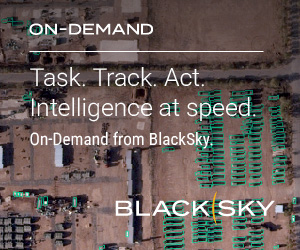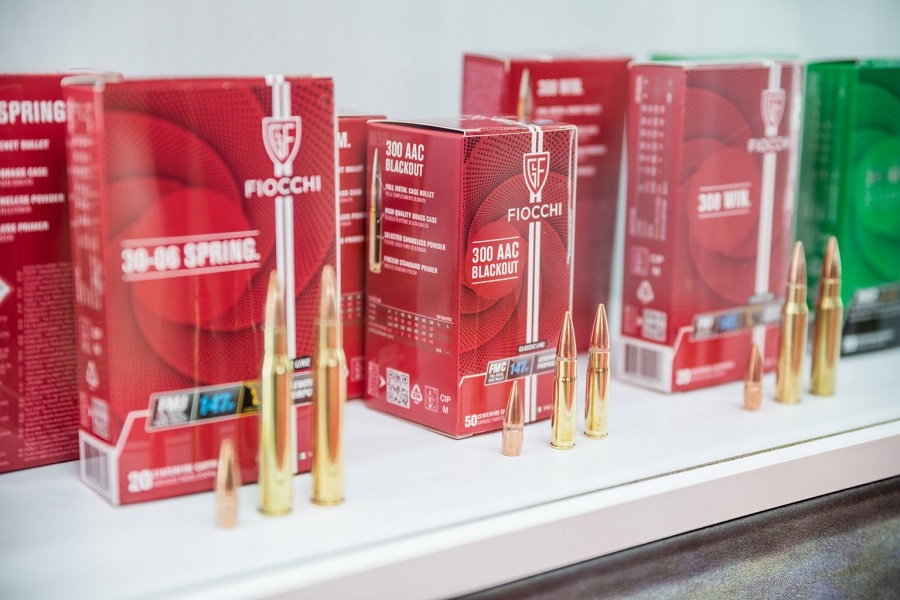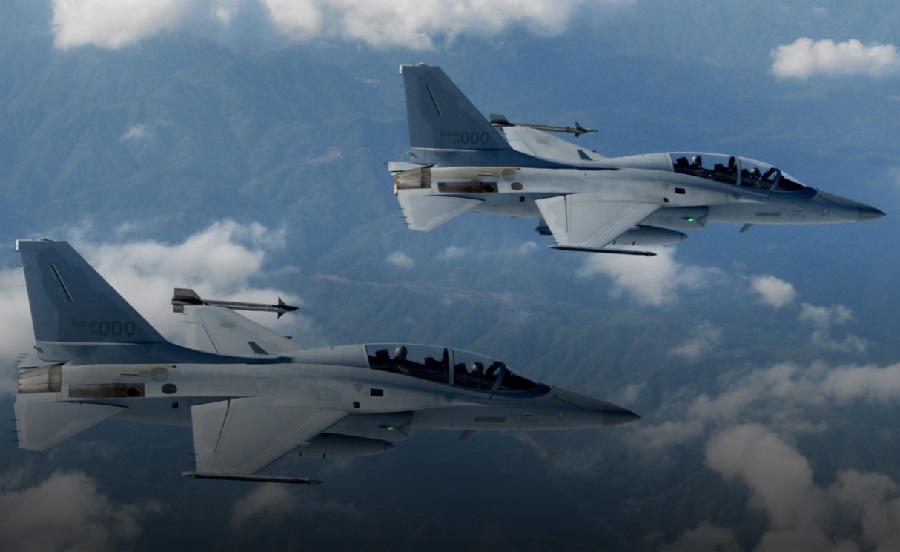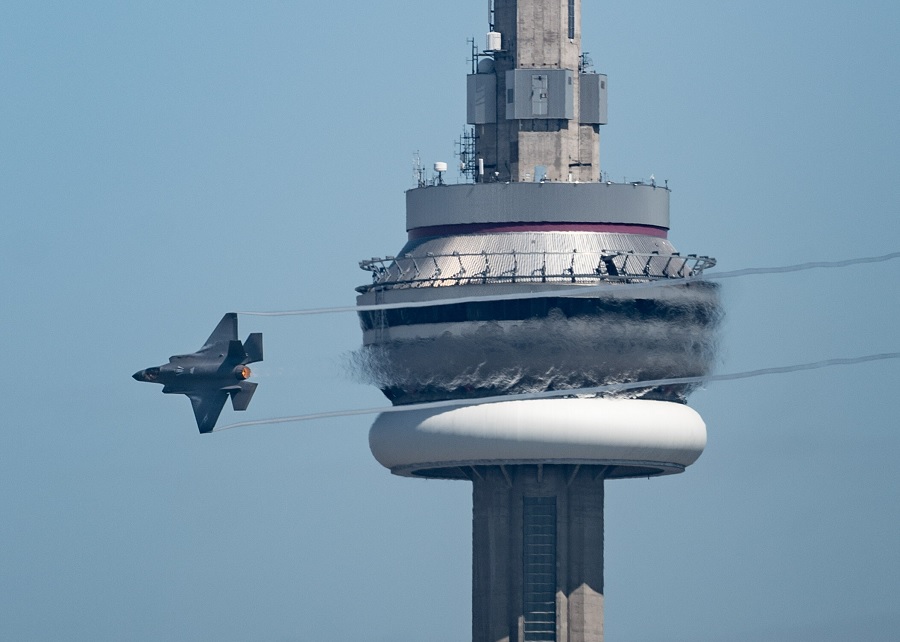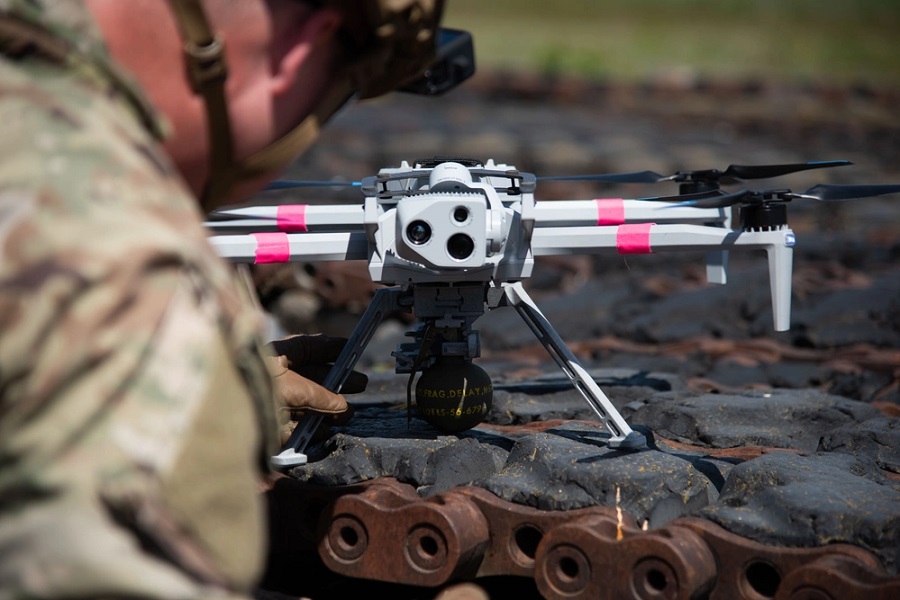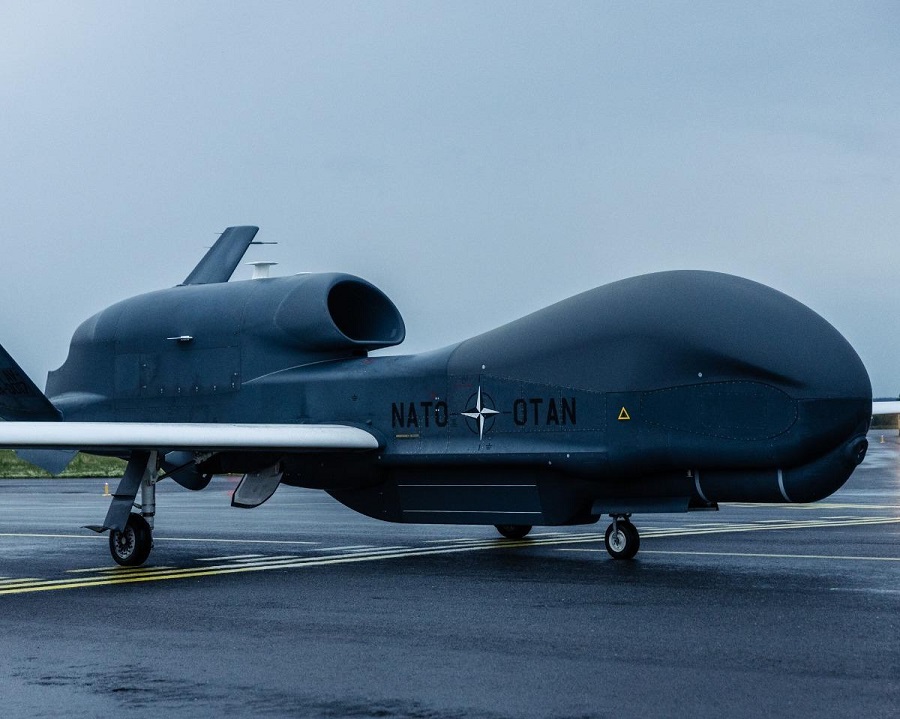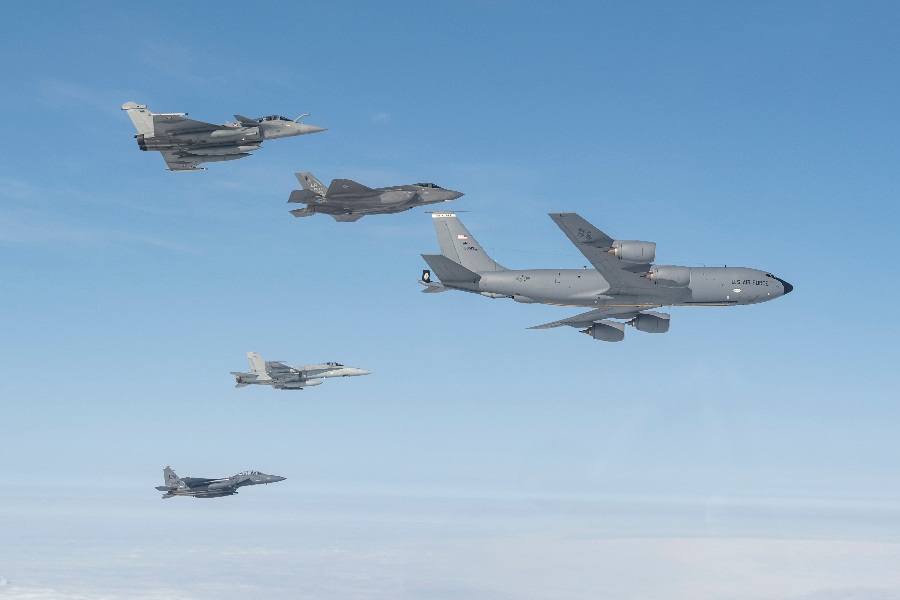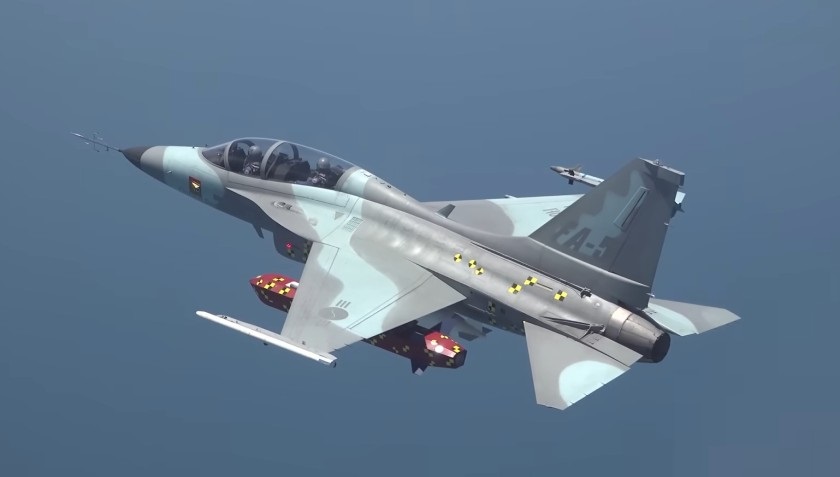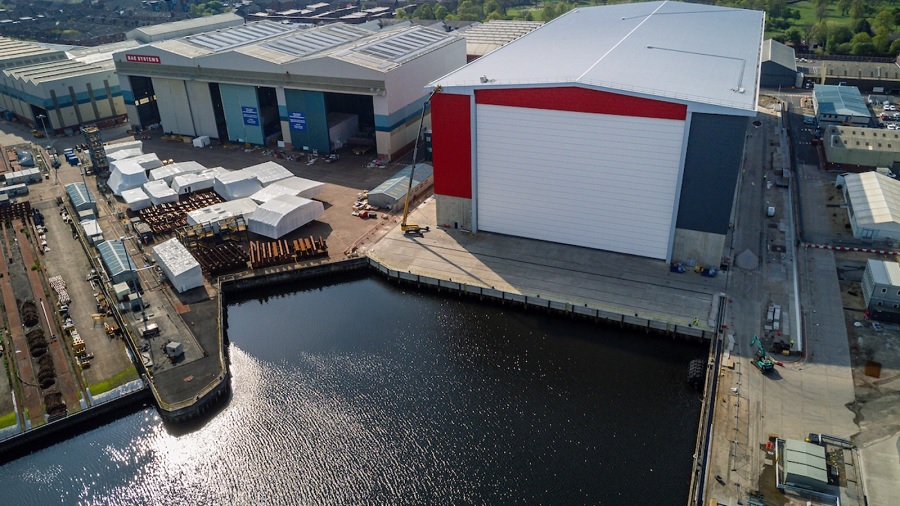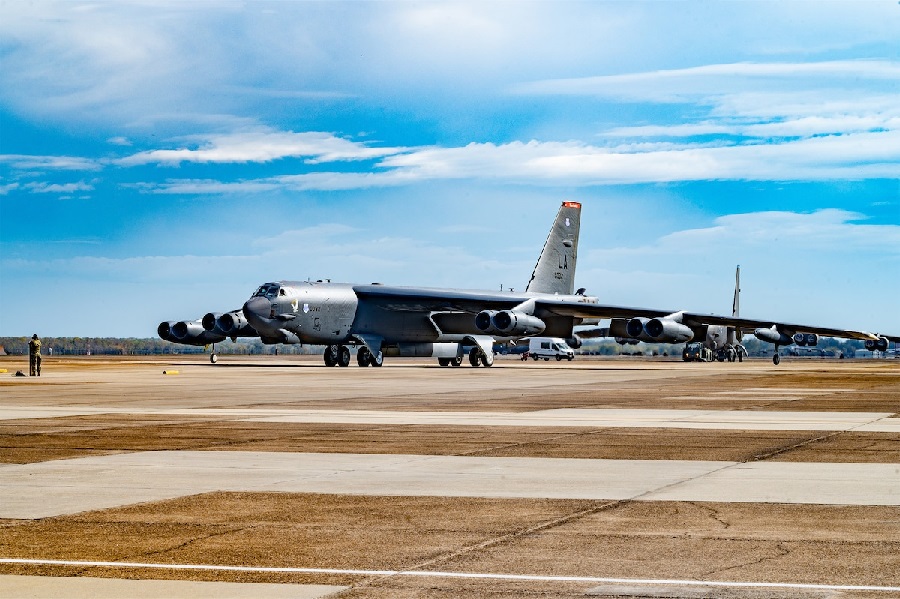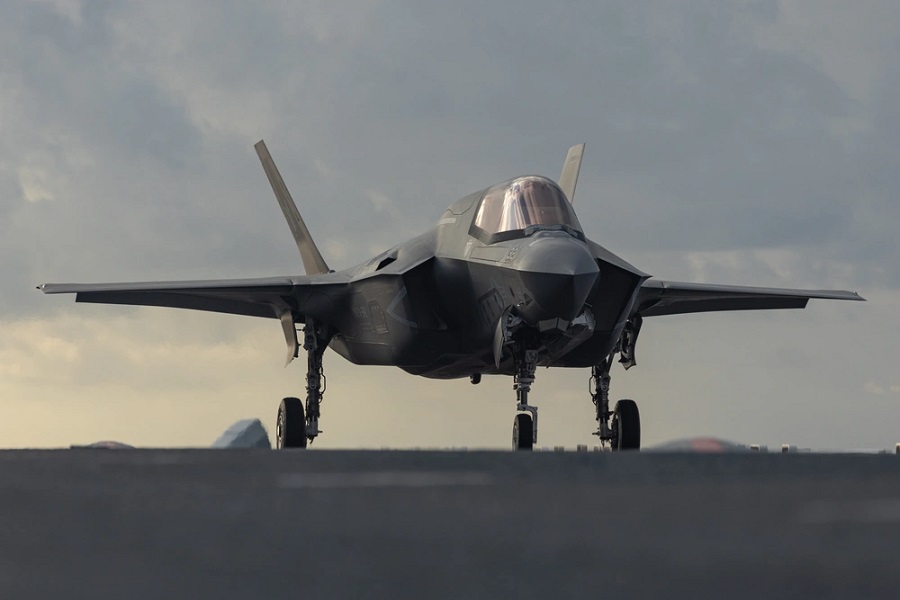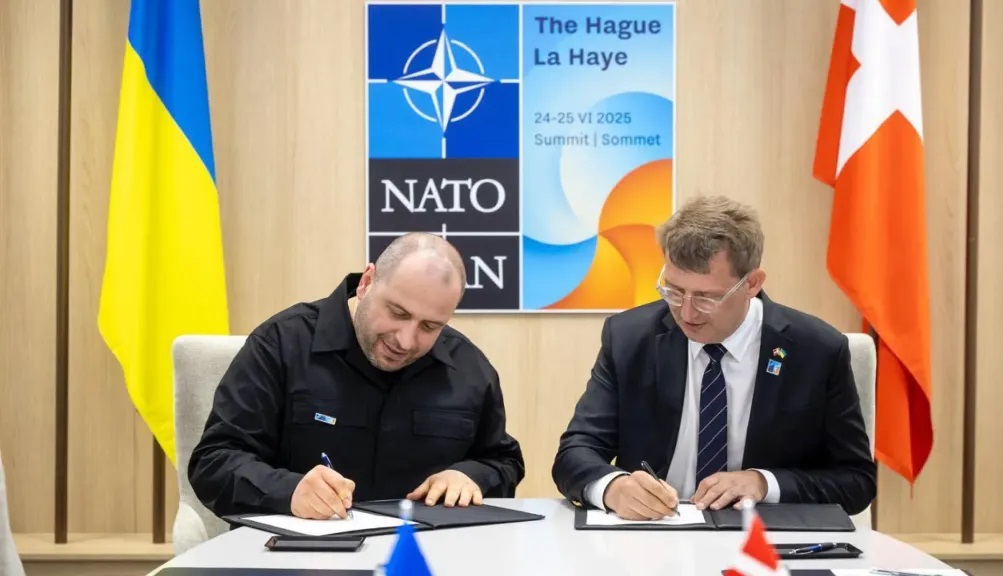The TacSat mission aims to highlight advanced communications and sensing technologies, supporting timely execution of tactical space operations in contested environments. “This area of focus is especially important to the future of space as it becomes a more contested environment,” said Paul Koether, director of tactical space at Lockheed Martin.
Onboard TacSat is a proven Lockheed Martin infrared sensor, making its debut in space. This sensor offers high-quality imagery and interfaces with Battle Management Command & Control (BMC2) systems, providing allied forces with an integrated view of threats and enhancing situational awareness.
Another key feature is Lockheed Martin’s first 5G.MIL payload on orbit, which introduces cellular-like networking for military assets in space. This innovation strengthens satellite constellations’ resilience while enabling seamless connectivity across air, sea, and land domains, offering a robust edge in modern battlespaces.
TacSat’s capabilities align with the broader goals of Combined Joint All-Domain Command and Control (CJADC2), which seeks to globally connect military assets of the U.S. and allied forces. Once operational, the satellite will support exercises focused on Find, Fix, Track, Target, Engage, and Assess (F2T2EA) missions.
After rigorous environmental testing at Lockheed Martin’s Littleton, Colorado facility, TacSat is now ready for the next stage of its journey. It will be transported to California for final processing ahead of its scheduled launch in 2025.

